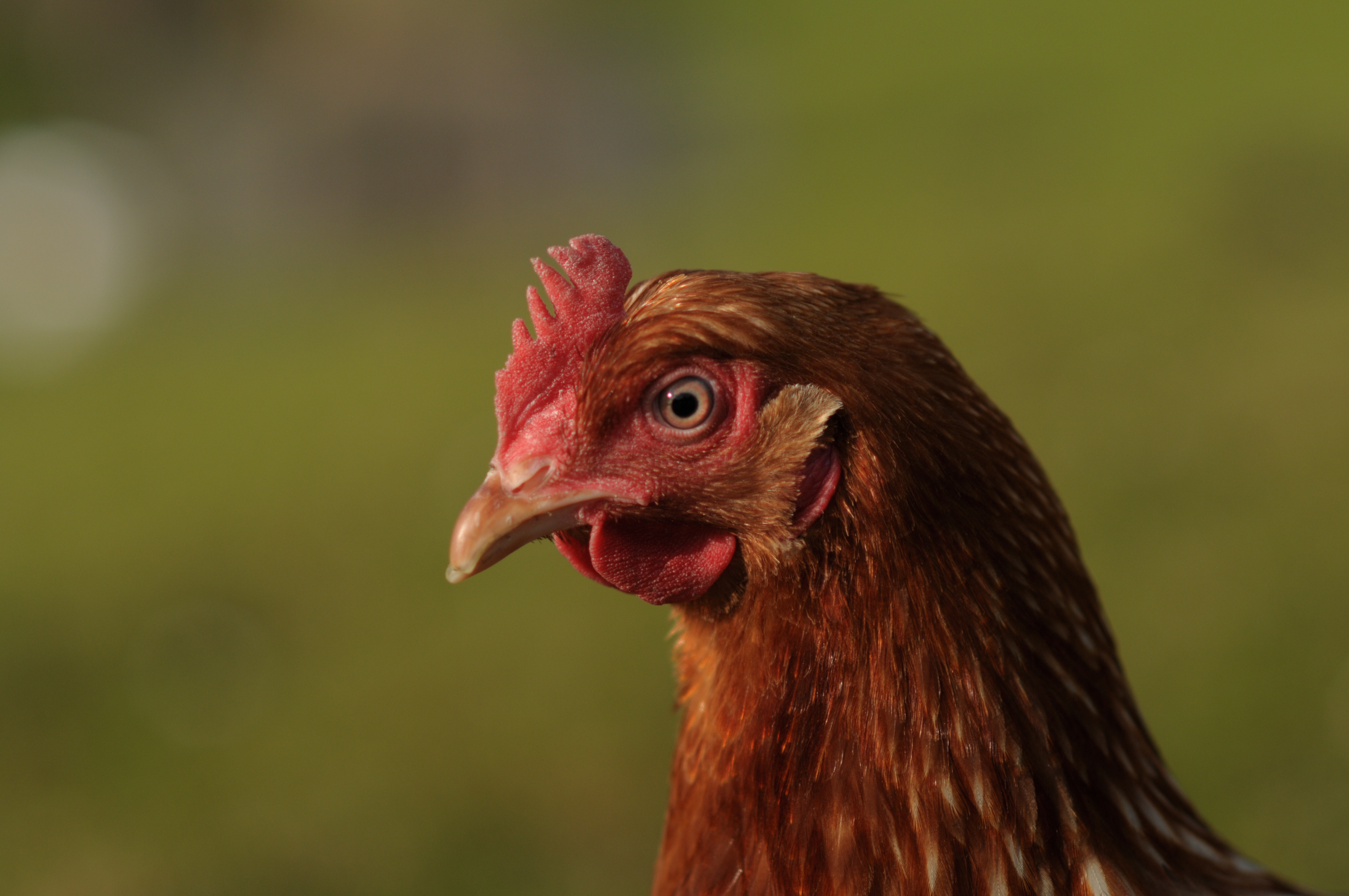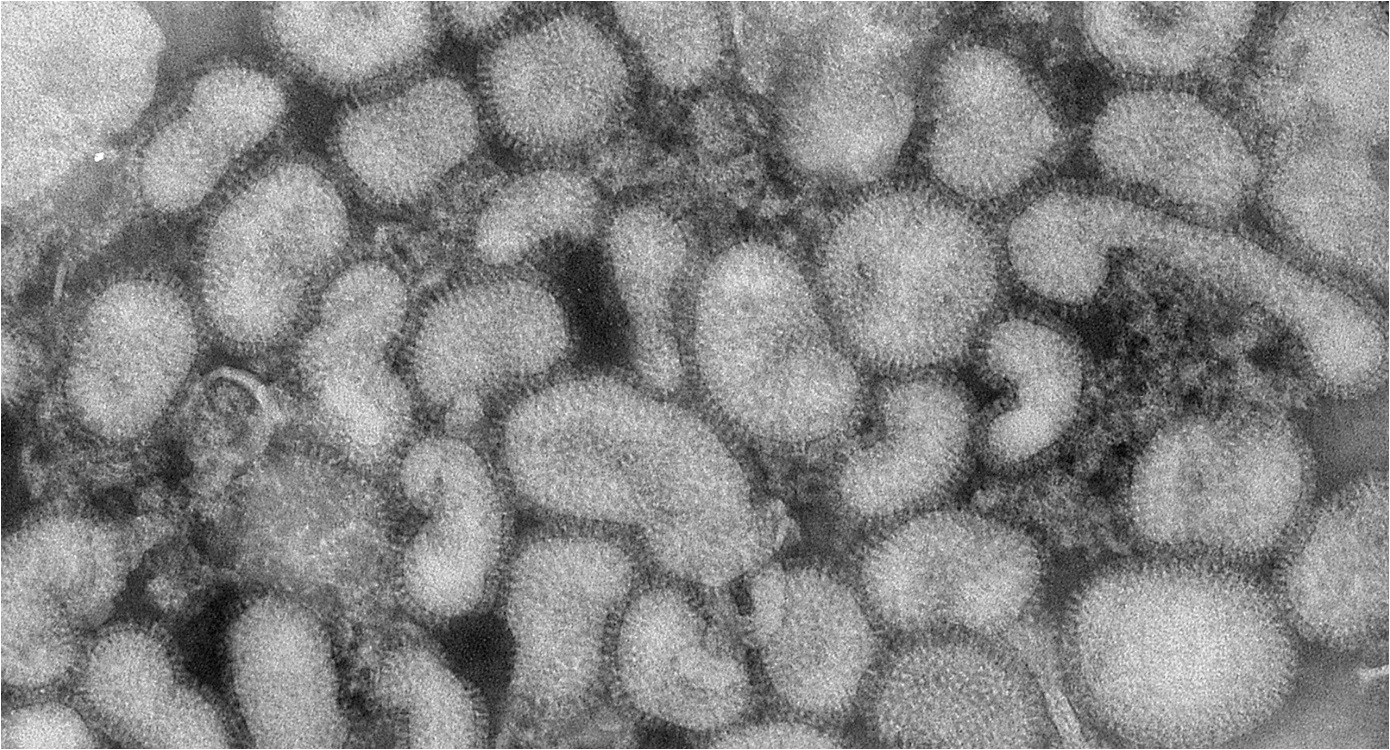Bird flu or avian influenza refers to natural infection of influenza Type A viruses in birds. All influenza A viruses originally come from wild water fowl.
Avian influenza A viruses are classified into the following two categories based on their pathogenicity in chickens: low pathogenic avian influenza (LPAI) A viruses and high pathogenic avian influenza (HPAI) A viruses.
 Infection of poultry with HPAI can cause severe disease with high mortality whereas LPAI may cause only mild illness or no disease at all.
Infection of poultry with HPAI can cause severe disease with high mortality whereas LPAI may cause only mild illness or no disease at all.
Bird flu viruses do not normally infect humans although cases do occasionally occur. People affected are usually in close contact with domestic poultry allowing for spill over infection to occur.
To date, avian influenza strains of the H7N9 and H5N1 subtypes have been responsible for most human illness worldwide and there is concern that these strains may result in the next human flu pandemic.
Devastating effects of avian influenza
Since 2001, efforts to control HPAI strains such as H5N1 have resulted in the destruction of over 400 billion chickens, with a significant socioeconomic cost to farmers and industry.
In 2015, the US responded to multiple HPAI outbreaks when 50 million poultry were euthanised, while in 2017, South Korea had to destroy 35 million birds.
Tracking avian influenza
Globally, avian influenza, including highly pathogenic strains continue to be detected and cause outbreaks of disease, highlighting the need for Australia to be prepared and minimise the risk to animal and human populations. Preparation involves understanding what strains of bird flu are circulating around the world through systematic virus surveillance.
 Our scientists at ACDP help track the constant evolution of avian influenza strains including those that have the potential to change from low pathogenicity to high pathogenicity. Using next-generation sequencing and studying the evolutionary relationships of the viruses have provided evidence that mixing of viral strains occurs across Australia and low pathogenic avian influenza viruses are regularly introduced to Australia from Eurasia.
Our scientists at ACDP help track the constant evolution of avian influenza strains including those that have the potential to change from low pathogenicity to high pathogenicity. Using next-generation sequencing and studying the evolutionary relationships of the viruses have provided evidence that mixing of viral strains occurs across Australia and low pathogenic avian influenza viruses are regularly introduced to Australia from Eurasia.
Understanding the characteristics of flu strains present in birds provides information for when vaccines – both human and poultry - need updating to match the circulating strains and help control disease outbreaks.
Providing support for the region
As a World Organisation for Animal Health (OIE) reference laboratory for HPAI and LPAI, ACDP provides ongoing assistance with control of HPAI and other zoonotic and emerging diseases in neighbouring countries. In this capacity, ACDP continues to provide diagnostic support for the confirmation and characterisation of avian influenza outbreaks in poultry and wild birds, and by delivering capacity building programs and training to help countries prevent, detect and respond to disease in animals.
We also work with the Australian government, Animal Health Australia and Australia’s poultry industries to strengthen preparedness and response capacities for avian influenza on a continuous basis, and to maintain awareness of the need for good biosecurity practices by poultry owners.
You can read more about avian influenza on our blog.
Bird flu or avian influenza refers to natural infection of influenza Type A viruses in birds. All influenza A viruses originally come from wild water fowl.
Avian influenza A viruses are classified into the following two categories based on their pathogenicity in chickens: low pathogenic avian influenza (LPAI) A viruses and high pathogenic avian influenza (HPAI) A viruses.
Infection of poultry with HPAI can cause severe disease with high mortality whereas LPAI may cause only mild illness or no disease at all.
Bird flu viruses do not normally infect humans although cases do occasionally occur. People affected are usually in close contact with domestic poultry allowing for spill over infection to occur.
To date, avian influenza strains of the H7N9 and H5N1 subtypes have been responsible for most human illness worldwide and there is concern that these strains may result in the next human flu pandemic.
Devastating effects of avian influenza
Since 2001, efforts to control HPAI strains such as H5N1 have resulted in the destruction of over 400 billion chickens, with a significant socioeconomic cost to farmers and industry.
In 2015, the US responded to multiple HPAI outbreaks when 50 million poultry were euthanised, while in 2017, South Korea had to destroy 35 million birds.
Tracking avian influenza
Globally, avian influenza, including highly pathogenic strains continue to be detected and cause outbreaks of disease, highlighting the need for Australia to be prepared and minimise the risk to animal and human populations. Preparation involves understanding what strains of bird flu are circulating around the world through systematic virus surveillance.
Our scientists at ACDP help track the constant evolution of avian influenza strains including those that have the potential to change from low pathogenicity to high pathogenicity. Using next-generation sequencing and studying the evolutionary relationships of the viruses have provided evidence that mixing of viral strains occurs across Australia and low pathogenic avian influenza viruses are regularly introduced to Australia from Eurasia.
Understanding the characteristics of flu strains present in birds provides information for when vaccines – both human and poultry - need updating to match the circulating strains and help control disease outbreaks.
Providing support for the region
As a World Organisation for Animal Health (OIE) reference laboratory for HPAI and LPAI, ACDP provides ongoing assistance with control of HPAI and other zoonotic and emerging diseases in neighbouring countries. In this capacity, ACDP continues to provide diagnostic support for the confirmation and characterisation of avian influenza outbreaks in poultry and wild birds, and by delivering capacity building programs and training to help countries prevent, detect and respond to disease in animals.
We also work with the Australian government, Animal Health Australia and Australia’s poultry industries to strengthen preparedness and response capacities for avian influenza on a continuous basis, and to maintain awareness of the need for good biosecurity practices by poultry owners.
You can read more about avian influenza on our blog.
